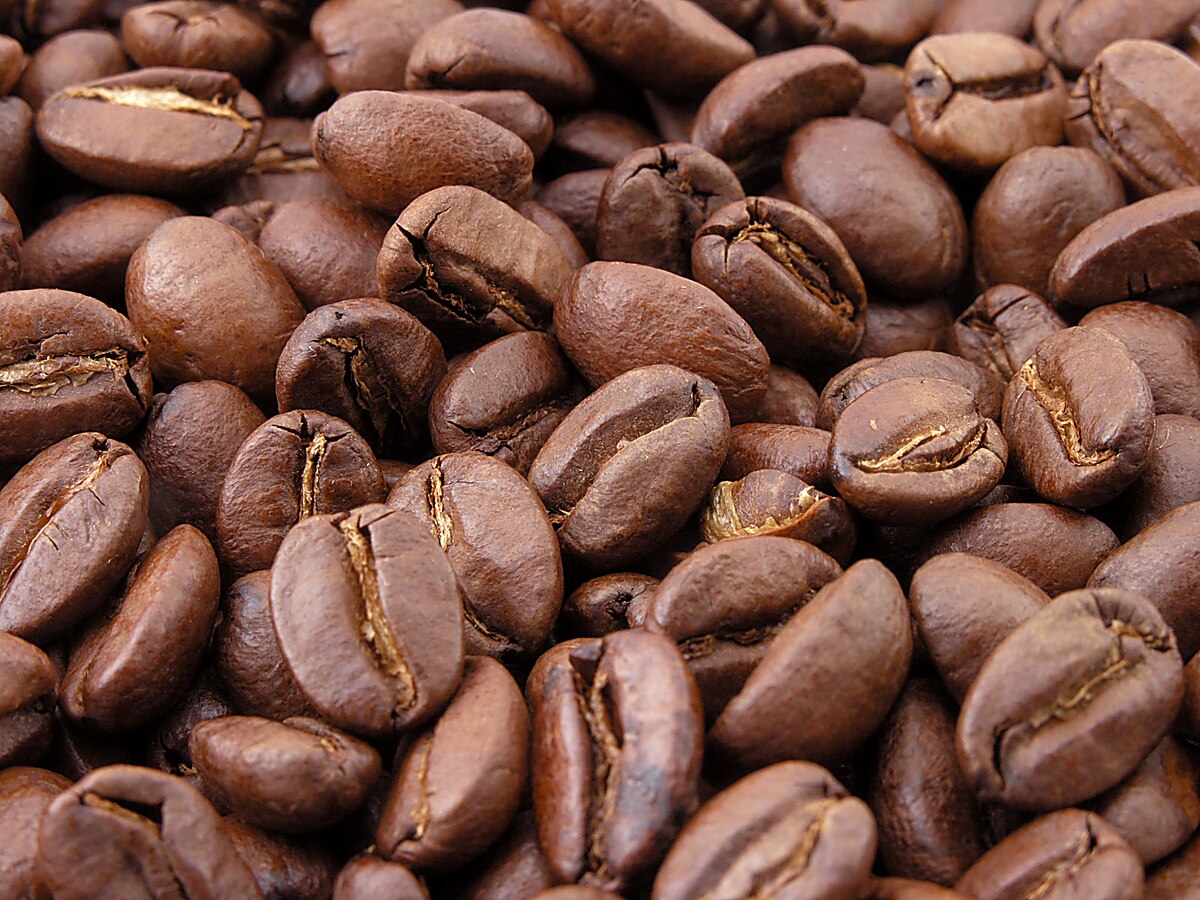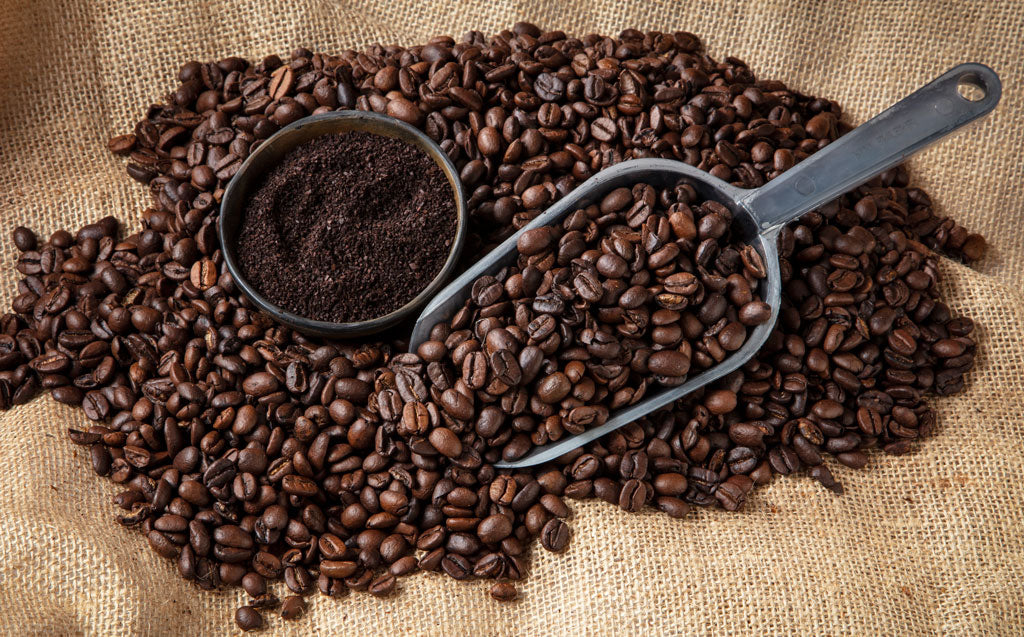Expert Advice to Get the Best Out of SOE Single Origin Espresso
Expert Advice to Get the Best Out of SOE Single Origin Espresso
Blog Article
Discovering the Rich Flavors of Coffee Beans: a Deep Study Espresso and Blended Coffee Beans
When you check out the rich flavors of coffee beans, you discover an intricate world where each variety brings its very own personality to your mug. Recognizing the beginnings, refining methods, and roasting methods can transform your coffee experience. As you navigate through the art of coffee and the imagination behind blended coffees, you'll begin to value the nuances that make each sip unique. What you'll find following might change the method you appreciate your early morning brew.
The Origins of Coffee Beans: Exploring Terroir and Taste Profiles
When you take a sip of coffee, you're not simply taking pleasure in a drink; you're experiencing a rich tapestry of tastes formed by the beans' beginnings. Each area generates unique flavor profiles affected by soil, elevation, and environment. As an example, beans from Ethiopia typically rupture with bright, fruity notes, while those from Colombia tend to provide a well balanced, nutty sweetness.As you discover different beginnings, you'll discover just how terroir-- the ecological factors influencing a crop-- plays a crucial function. The same coffee variety can taste considerably different relying on where it's grown.When you take into consideration these variables, you begin to value the complexity behind your cup. Each sip narrates of the land and the farmers who nurtured the beans. Following time you delight, assume about the journey your coffee took before it reached your hands, and appreciate those complex flavors that show its beginning.
Comprehending Coffee: The Art and Science Behind the Brew
When you consider espresso, it's not nearly the strong taste; it's additionally concerning the techniques that bring it to life. Understanding just how different preparation methods impact taste can change your brewing experience. Let's check out the details of coffee preparation and uncover the special flavor profiles that make each cup unique.
Espresso Prep Work Strategies
Espresso prep work is both a science and an art, incorporating precise strategies with a deep understanding of coffee. To start, you'll wish to select top notch, newly roasted beans and grind them carefully for optimal extraction. The grind dimension is vital; too rugged, and your coffee will be weak, too fine, and it'll be bitter.Next, tamp the premises evenly in the portafilter to ensure uniform extraction. When you lock it into the machine, purpose for a brewing temperature between 190 ° F and 205 ° F.As you pull the shot, expect the best extraction time-- around 25-30 secs. The outcome ought to be a rich, luscious coffee with a stunning layer of crema on the top - SOE. With technique, you'll understand these strategies
Taste Profiles Described
The globe of espresso supplies an abundant tapestry of taste accounts that can boost your coffee experience. When you take that first sip, you'll see a balance of resentment, acidity, and sweet taste. Each coffee bean carries distinct notes, from floral and fruity to nutty and chocolaty. Light roasts frequently showcase brilliant level of acidity and vivid flavors, while dark roasts present deeper, bolder tones.Understanding these accounts assists you select the right espresso for your taste buds. Trying out different blends can expose unexpected combinations. A well-crafted blend might integrate the bright notes of an Ethiopian bean with the rich, chocolatey touches of a Brazilian bean. Welcome the journey of finding coffee's diverse flavors, and you'll transform your coffee routine right into an interesting journey.
Handling Approaches: Just How They Influence Flavor and Scent
While it may appear that the origin of coffee beans is one of the most significant aspect in identifying their taste and scent, the processing methods utilized post-harvest play a similarly crucial role. You'll locate that these techniques can substantially modify the last preference account of your cup.For circumstances, the washed procedure gets rid of the fruit from the beans before fermentation, typically leading to a cleaner, brighter flavor. Meanwhile, the all-natural process leaves the fruit undamaged during drying, leading to a sweeter, fruitier profile.Other methods, like honey processing, strike an equilibrium, enabling some fruit mucilage to remain, offering an unique complexity.Each processing method communicates with the beans' inherent attributes, boosting or silencing certain flavors and fragrances. So, when you drink that espresso or mixed coffee, bear in mind that the journey from cherry to mug is influenced not just by beginning however also by how those beans were processed.

Roasting Strategies: Unlocking the Complete Potential of Coffee Beans
Roasting techniques are vital for exposing the full capacity of coffee beans, as they transform raw, environment-friendly beans into the aromatic, tasty coffee you appreciate. The option of roasting method-- light, tool, or dark-- drastically affects taste profiles. Light roasts protect the beans' all-natural level of acidity and fruity notes, while medium roasts equilibrium sweet taste and richness. Dark roasts, on the various other hand, highlight strong, great smoky flavors.You can trying out roasting temperatures and times to locate your ideal brew. A slower roast at reduced temperatures enables intricate tastes to create, while a quicker roast can magnify anger. Pay attention to the fractures throughout toasting; the initial crack suggests a light roast, while the second crack signals a dark roast - SOE. By mastering these methods, you'll disclose a globe of taste, raising your coffee experience to new elevations. Delight in every sip, knowing the treatment that entered into your cup!
The Magic of Blended Coffee: Creating Unique Taste Experiences
Creating an one-of-a-kind taste experience with combined coffee can change your early morning routine right into an exploration of preference. By combining various beans from numerous regions, you can reveal a symphony of flavors that elevate your cup to new heights. Each mix deals a distinctive profile, balancing body, level of acidity, and sweet taste to create something absolutely special.When you choose a mix, you're not just choosing a coffee; you're choosing a journey throughout varied landscapes and cultures. Trying out various combinations enables you to find your personal favorites, whether you delight in fruity notes or rich, chocolatey undertones.Blended coffee also provides you the flexibility to change the mixture to suit your mood. You may crave a light-bodied mix eventually and a vibrant, dark roast the next. Welcome the magic of mixing and allow each cup surprise your palate, making every sip a delightful journey.
Tasting Notes: Identifying the Nuances in Your Cup
As you drink your coffee, you like this might discover a range of flavors dancing on your taste, each revealing the ins and outs of the beans. You may taste the brilliant acidity similar to citrus or the deep, abundant notes akin to dark chocolate. The sweetness could stimulate honey or sugar, stabilizing the overall account beautifully.Pay interest to the body of the coffee-- does it feel airy and light, or is it full and luscious? The surface, too, uses clues; a lingering aftertaste may mean nuttiness or floral undertones.Don' t forget to check out the unique attributes of various origins, as each area passes on unique flavors. As an example, Ethiopian coffees commonly present fruity notes, while Colombian beans may display a much more rounded sweet taste. By identifying these subtleties, you'll strengthen your appreciation for each and every mug, boosting your coffee experience to new heights.

Developing Techniques: Making The Most Of Flavor Removal for every single Bean
You'll find see this website that each strategy can significantly impact the flavor account of your coffee when you check out the various developing techniques. From French press to pour-over, each method removes various compounds, enhancing or muting certain notes. For instance, making use of a French press allows oils to remain in the mixture, creating a richer taste, while pour-over highlights clearness and brightness.Temperature and grind dimension additionally play vital duties. A coarser work works best for cool mixtures, while a fine grind is optimal for coffee. Trying out with water temperature level-- between 195 ° F and 205 ° F-- can disclose covert tastes, too.Don' t forget soaking time; a quick extraction can cause sour notes, while over-extraction might yield bitterness. By readjusting these variables, you can make the most of taste removal and really raise your coffee experience. Delight in the journey of finding what technique best matches your palate!
Regularly Asked Inquiries
What Is the Suitable Water Temperature for Developing Coffee?
The excellent water temperature for brewing coffee's in between 195 ° F and 205 ° F. If you utilize water that's also warm, you'll over-extract tastes; as well cold, and you will not extract enough. Go for that sweet spot for the finest brew!
How Does Work Size Affect Coffee Taste?
Grind size substantially affects coffee flavor. Finer grinds extract extra oils and flavors, leading to a bolder taste, while coarser grinds return a lighter flavor. Adjusting grind size aids you accomplish your desired coffee account.
Are There Health Benefits Related To Alcohol Consumption Coffee?
Yes, consuming coffee can provide health benefits. It might improve cognitive feature, boost metabolism, continue reading this and lower the threat of specific conditions. Just remember to enjoy it in moderation to gain the benefits without negative impacts.

What Is the Distinction Between Arabica and Robusta Beans?
Arabica beans are smoother and sweeter, commonly including fruity flavors, while robusta beans are more powerful with a bitter taste and higher high levels of caffeine content. You'll see these distinctions in fragrance and developing experience.
Just How Can I Shop Coffee Beans for Quality?
To store coffee beans for freshness, keep them in a closed container, away from light, warmth, and dampness. You'll preserve their taste longer if you just grind what you need right before developing. When you discover the rich flavors of coffee beans, you discover a complex world where each selection brings its very own personality to your cup. When you take a sip of coffee, you're not just enjoying a beverage; you're experiencing an abundant tapestry of flavors shaped by the beans' origins. While it could seem that the beginning of coffee beans is the most significant factor in determining their flavor and scent, the processing methods used post-harvest play an equally essential function. Roasting techniques are essential for exposing the complete possibility of coffee beans, as they transform raw, green beans into the fragrant, savory coffee you delight in. As you drink your coffee, you might see a range of tastes dancing on your taste, each disclosing the intricacies of the beans.
Report this page